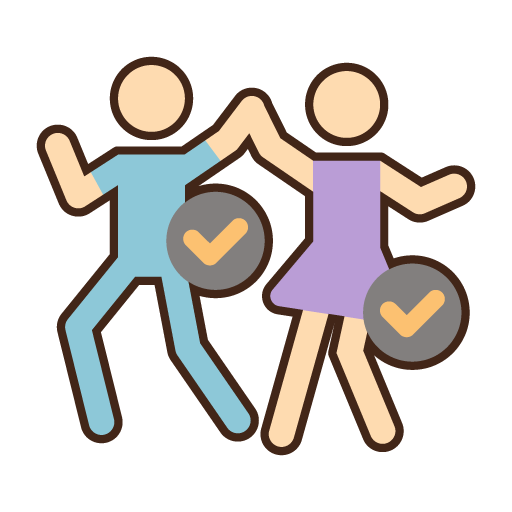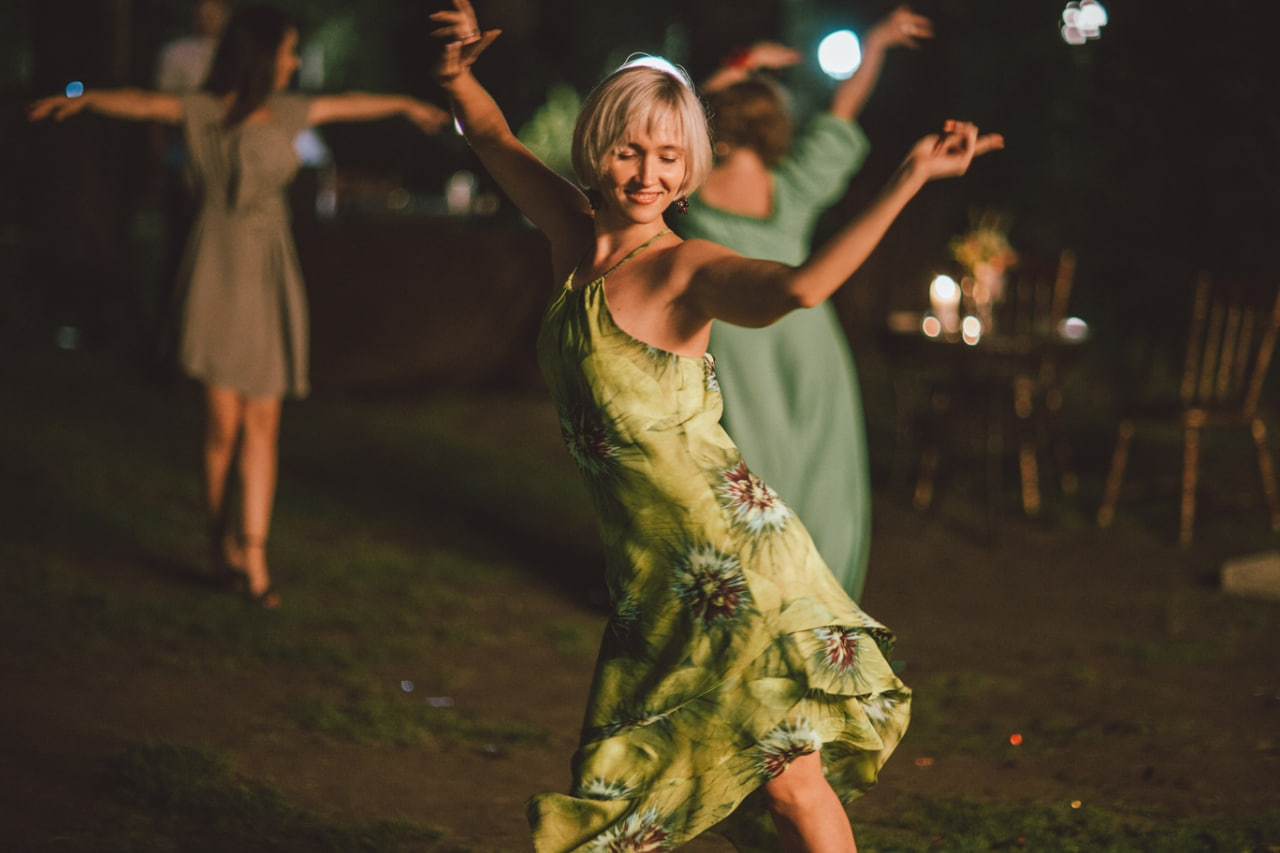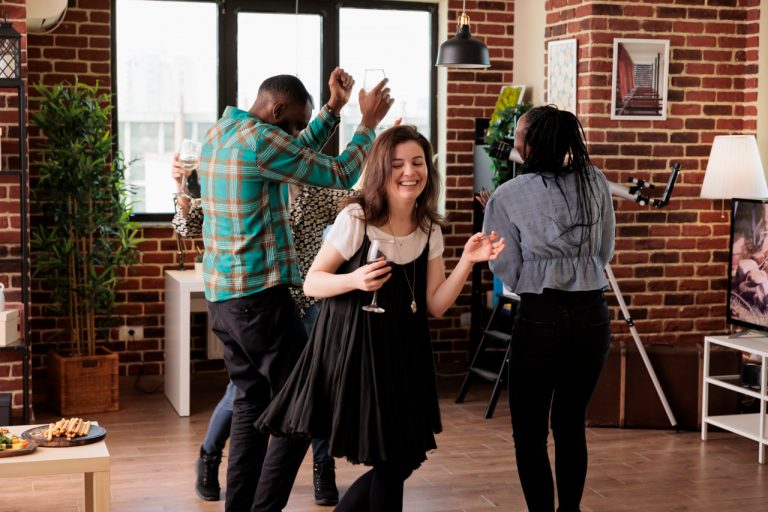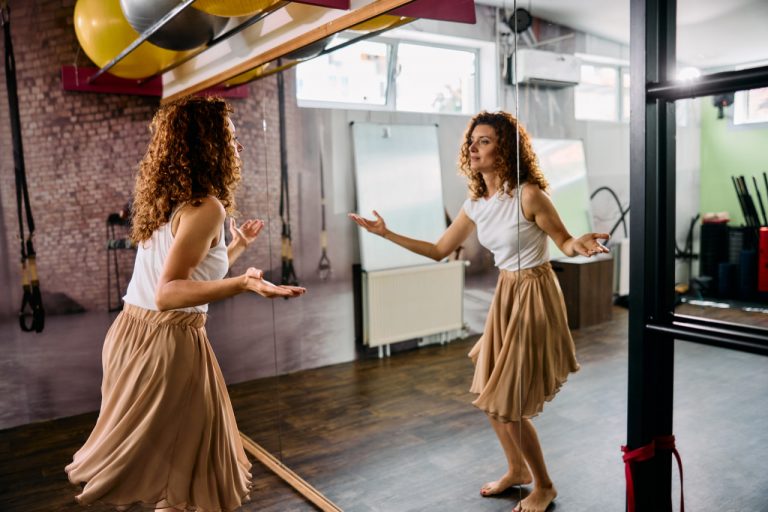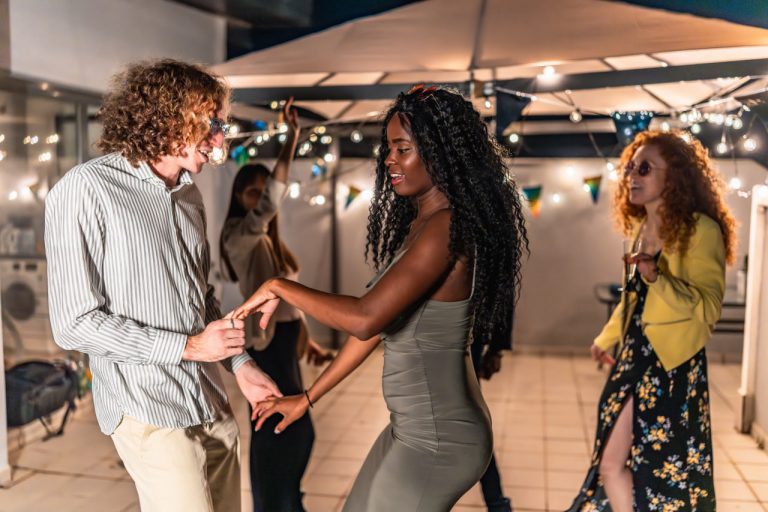Improvisational dance is a unique art form that thrives on spontaneity, self-expression, and musical interpretation. Developing creativity in dance requires practice, experimentation, and a willingness to embrace the unknown. By exploring movement freely and experimenting with different techniques, dancers can expand their expressive range and unlock new possibilities in performance.
Embracing a Playful Mindset
The foundation of creative improvisation is a playful and open mindset. Dancers should approach movement without judgment, allowing ideas to flow naturally. Playful exploration encourages risk-taking, experimentation, and the discovery of unique movement phrases. By releasing self-criticism, dancers can tap into instinctive creativity and generate authentic expressions in their improvisation.
Using Prompts and Constraints
Paradoxically, setting small limitations can enhance creativity. Using prompts such as a specific emotion, tempo, or body part encourages innovative solutions within a defined framework. Constraints stimulate problem-solving and push dancers to explore movements they might not attempt in a completely open setting. Examples include improvising a dance using only one arm, responding to a particular rhythm, or expressing a single emotion through the body.
Exploring Dynamics and Energy
Experimenting with dynamics and energy levels adds depth and dimension to improvisation. Changing speed, weight, and intensity allows dancers to discover variations in movement quality. Alternating between flowing, gentle motions and sharp, energetic bursts keeps improvisation engaging and expressive. By manipulating dynamics, dancers learn to communicate emotion and intent without relying on pre-set choreography.
Incorporating Music and Rhythm
Music is a powerful guide for improvisational dance. Listening attentively to rhythms, melodies, and harmonies allows dancers to respond intuitively. Experimenting with syncopation, pauses, and phrasing encourages originality. Sometimes, dancing silently or to unexpected sounds can also enhance creativity by forcing the dancer to rely solely on internal rhythm and physical intuition.
Body Awareness and Exploration
A strong understanding of one’s body is essential for creative movement. Exploring different planes, levels, and directions expands movement vocabulary. Exercises that focus on isolations, extensions, and weight shifts encourage dancers to experiment with new possibilities. Awareness of spatial relationships and alignment ensures movements remain controlled and expressive, even in the most spontaneous improvisation.
Mindfulness and Presence
Being fully present in the moment is critical for improvisation. Mindfulness techniques, such as focusing on breath or bodily sensations, help dancers respond authentically to the music and environment. Presence allows for real-time decision-making, creating improvisation that is both dynamic and emotionally resonant. Avoiding overthinking ensures that creativity flows naturally and that movements feel genuine.
Collaboration and Observation
Improvisation can also be enhanced through interaction with others. Partner or group exercises encourage dancers to respond to and inspire one another. Observing how peers move, react, and express themselves introduces new ideas and perspectives. Collaboration fosters spontaneity and pushes dancers to expand their own movement vocabulary.
Practice and Reflection
Like any skill, improvisational creativity improves with consistent practice. Regular sessions allow dancers to experiment, take risks, and refine their instincts. Recording performances and reflecting on choices helps identify strengths and areas for growth. Over time, these practices cultivate a distinctive style and greater confidence in improvisation.
